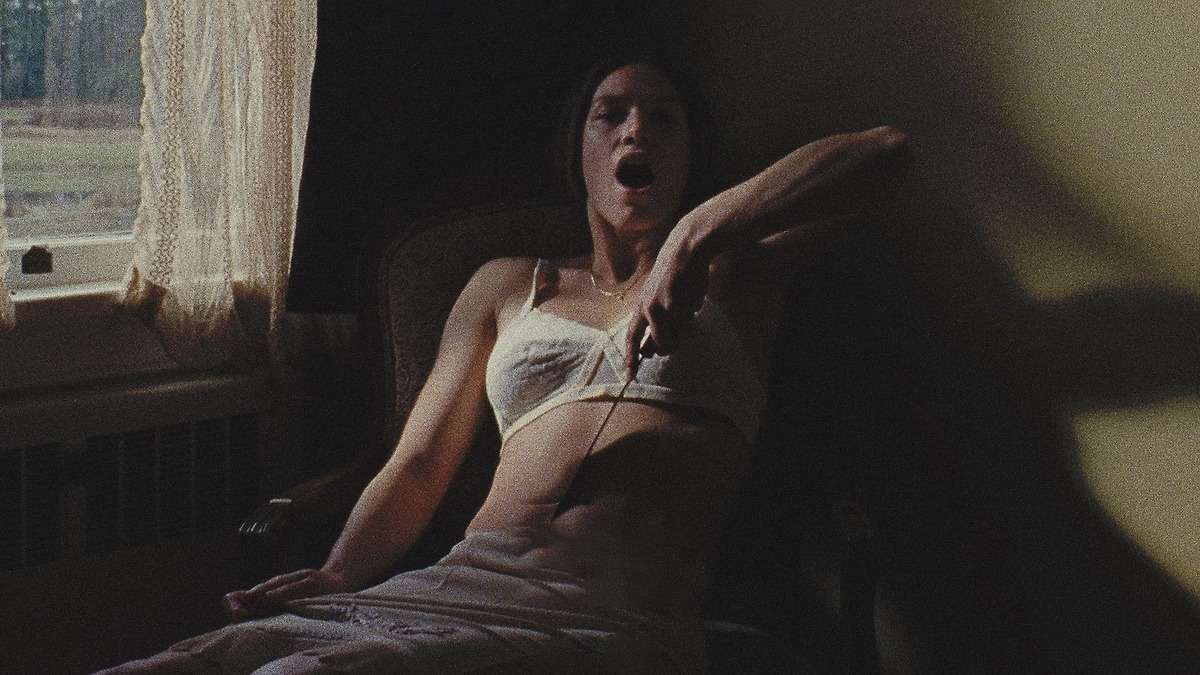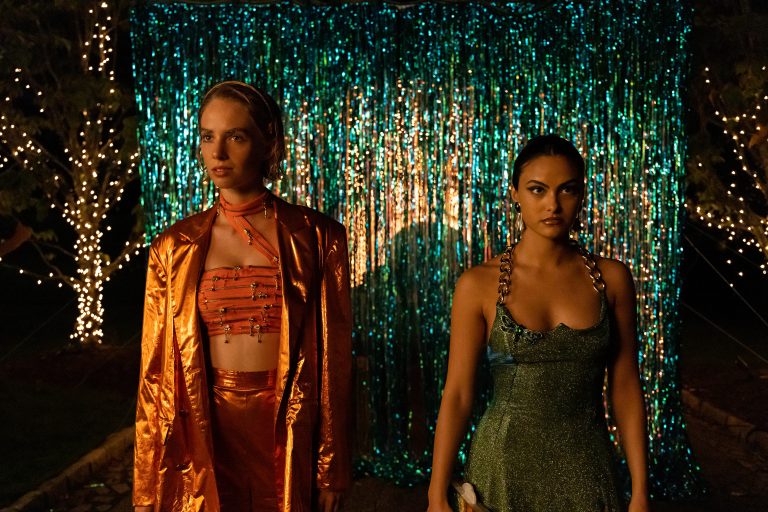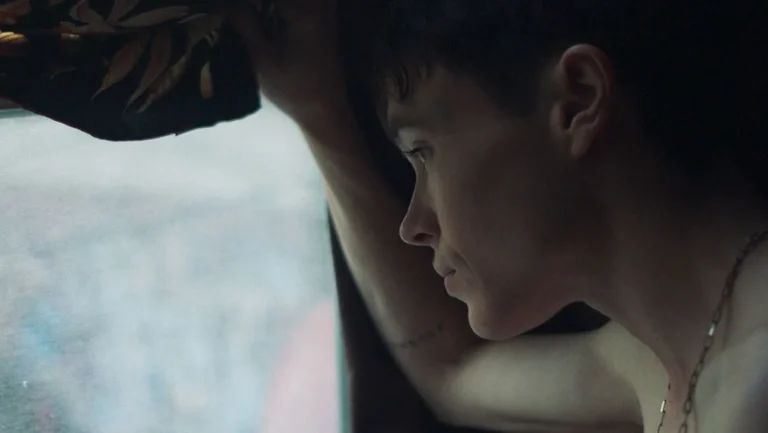In the grand tradition of secretive, word-of-mouth marketing pushes for indie horror films, there were very few details distributor Neon was willing to disclose about Osgood Perkins’s “Longlegs” in the leadup to its release. In essence, the buzz around the film has so far been largely relegated to the vague early buzz of well-placed sources saying it’s a decade-defining bone-chiller. For the rest of the public, we’ve been sold on a very simple premise: Nicolas Cage as a serial killer.
If Neon thought that would be enough to generate the sort of grassroots buzz that has benefitted many a low-budget scream-fest, then… they were absolutely right. At this point, viewers will watch Cage in just about anything, and for good reason, even if the everlasting guru of memedom has merely signed on the dotted line to pay off whatever historical relic he’s purchased at an auction—be it a medieval castle or the skull of a Tarbosaurus—you can be damn sure he’ll be applying that Nouveau Shamanic energy to the project, transforming it into anything but a mere paycheque gig.
Of course, that secretive marketing campaign for “Longlegs” has been banking on the very notion that this is not merely a project that the mercurial icon would elevate above shlock status (or alternatively, firmly cement it therein), but rather one that complements his persona and retools it into the sort of skin-crawling experience that would go down in the history books beyond a mere blip in the Cage-verse. To that end, while no one can honestly say that Osgood Perkins hasn’t made an attempt to capitalize on that potential, little in this tonally confused procedural makes the case that his presence was all that helpful in the first place.
Primarily following Maika Monroe as the reclusive FBI agent assigned to the decades-long case of the Longlegs killer, Perkins hardly gives as much attention to the rote puzzle-piecing as he does to the atmospheric aesthetics used to distract from it. As the killer’s essence looms menacingly over the case, Perkins paints his Oregon setting with a crisply arranged, permanent overcast, as if the only bright light to be drawn into this world is that which peers systematically through the abandoned windows of barn houses, or which beams clinically from the end of a flashlight.

This taste for the atmosphere is all well and good—and is clearly the primary point of interest for Perkins—but once the actual detective work kicks in, “Longlegs” proves itself to be far below par, engaging in shallow structuring and flat characters whose entire appeal seems to be contingent on the deadness of their line delivery. Monroe is a particular standout in this respect, as her “Sheldon Cooper cosplaying as FBI” bit skews far too close to parody to communicate any genuine sense of isolation or repression. A socially awkward but almost prophetic detective isn’t anything new—another reason why there’s little of note to be gleaned here—but Monroe’s portrayal is particularly unmoving because there’s nothing else to her.
The greatest sin “Longlegs” commits, though, is Perkins’s complete inability to balance his aesthetic proclivities with those shallow characters to create a cohesively chilling experience; the atmospheric elements don’t elevate the stilted dialogue and laughable deliveries but rather accentuate just how much dissonance is at play here. In no area is this more evident, of course, than in Cage’s much-buzzed-about appearance in the titular role. Far from the staleness of his co-stars, Cage makes good on his promise to fill every minute of screen time with his crazed aura, attempting to redirect that beloved mania into a more distressing register. But the more we thirst for Cage, and the more Perkins keeps him from us, the more that Monkey’s Paw prepares to curl back when he’s finally unleashed full throttle.
Once Cage actually spends more than three seconds at a time onscreen, “Longlegs” essentially loses any semblance of unnerving tension to become a confused tonal mess. That these other cast members already act like they got lost on their way to a No Name-brand Lanthimos film is bad enough, but with Cage, the misfire actually comes from his inability to phone it in. No actual human being looks or sounds the way Cage does in this film, which can feasibly be used as a means of genuine discomfort, but by the second time Perkins transitions out of one of the actor’s trademarked sudden ravings with a clichéd, high-pitched shrieking sound, it’s clear that this isn’t a different shade of Cage, but rather the same hilarious one hastily painted over in black and red.
More confident than focused, “Longlegs” creeps along with the misguided air that it’s far more subversively terrifying than any of its moments, either individually or collectively. Crafting a strange but ultimately wearisome mediation between high-art strategies and grounded genre sensibilities, Osgood Perkins never finds an effective middle ground in his desire to modify the elements we expect from just another staid serial killer hunt. Before any screams, uncomfortable laughs, or unprompted check-ins with our therapists, the most dominant sentiment “Longlegs” manages to elicit is “We have The Silence of the Lambs at home.”









